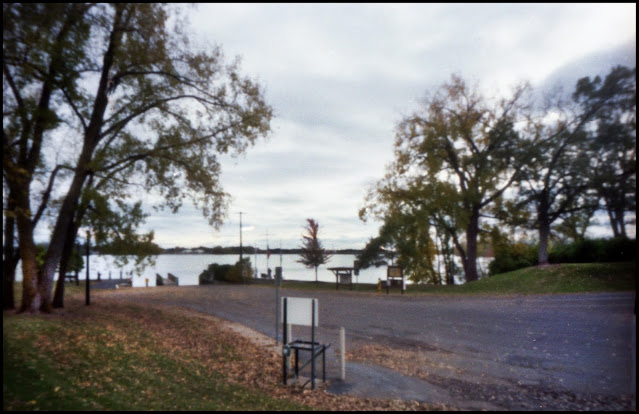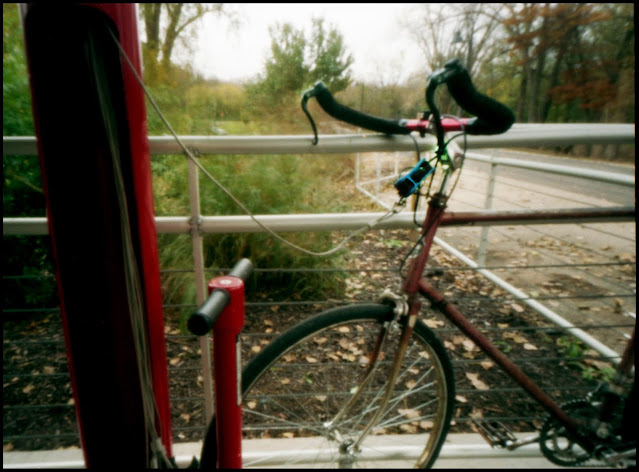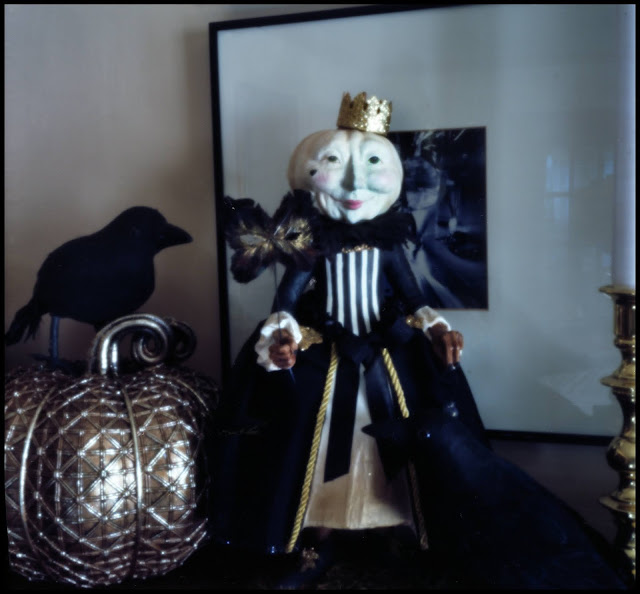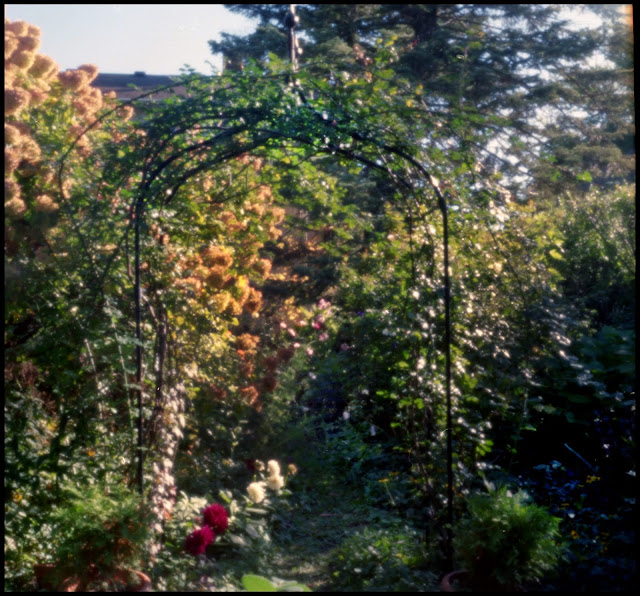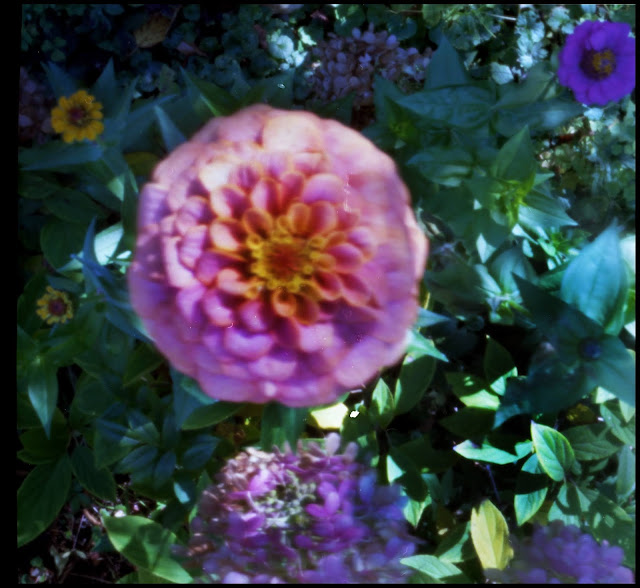f295 was an international discussion forum begun and administered by Tom Persinger. Originally just about pinhole photography, it expanded into all kinds of alternative methods. It was active from 2004 until 2015 but it remains on-line. Recently it disappeared from the web for a few days, and that prompted me to decide to reprise some of my favorites here at Pinholica, for backup if no other reason.
I have unfinished film in four cameras so it's going to be awhile before I have new negatives. Next year it appears that I will be making a little money from Pinhole Photography. That brought to mind my greatest financial achievement as a pinholer. This was posted on February 4, 2009 under the title: "Serendipitous good fortune and no baloney."
I'd like to preface this series with this cartoon which appeared in a very early issue of the CoEvolution Quarterly, a magazine published from 1974 to 1985, founded by Stewart Brand of the Whole Earth Catalog. This cartoon has been displayed somewhere in our house ever since (Hand colored by Sarah - this is not, of course, a pinhole photo)
Subscribers to the now-missing Pinhole Photography email list may remember a post from last January where a Barnes and Noble editor asked for a "paper pinhole camera engineer" to work on a kit they wanted to sell with everything you needed to make a pinhole camera.
I sent her the link to the Populist, stating that I certainly wasn't a paper engineer, but just to give them some idea of what's out there in that field.
Well, in about March, I got an email asking me if I wanted to get involved in the project using the Populist as the basis for their kit.
My first question was whether I could leave the Populist up on-line. They said sure, the populations who might find a kit at Barnes and Noble and those who would download directions on the internet probably didn't overlap very much. They just wanted the rights to use the pattern and my help to modify it for their purposes.
I made a few modifications since the kit would be die-cut very accurately and I didn't have to make accommodations for little kids using cheap scissors.
The check came in August. Not enough to retire on, but enough to make Christmas a lot more fun.
Once the check cleared, Sarah and I decided that instead of getting a bunch of small presents for Christmas, we would get ourselves a big present of a High Definition TV. (OK, there was still the Chanel bath oil and the Scotch) Every time we went shopping we eventually got sticker shock and came home and continued to enjoy our 15 year old standard definition 36" Sony.
A week or two before Christmas, we had to go up to Appleton for some other reason, and stopped by American TV and Appliance "just to look."
We had been looking for something in the 38 to 40 inch range, but this week, Sony had a special package of a 120 MHz 46" LCD with a home theatre system including a upsampling DVD for about the price of the a 40", so Sarah whipped out the plastic and made the deal.
We had gone up there in the Mustang. We would have to slice the TV in three pieces to get it in there, so I had to go back in the Station Wagon several days later to pick it up.
You have to go around the back to the warehouse to get it. I had to wait a while
Here's the warehouse at American. There were people going to and fro all during the exposure. I eventually closed the shutter when someone came and drove the forklift in the foreground away.
Here's a shot looking more into the warehouse. There was a guy assembling a dining room set right next to me during the picture
The station wagon was barely big enough to fit the TV and home theatre system in their cartons.
Heck, the kitchen was barely big enough to fit it in.
Coincidentally, at this point I had a conference call with the team of about five people at Barnes and Noble to discuss several issues (one of which was how to eliminate the externally taped corners so they could print a design on it so it looked like a "real" camera.) They're a very professional bunch.
I asked them if it was OK to tell my friends on the internet about the deal. They said OK and to tell all of you to buy lots of them. It's supposed to be released in September. BTW, I got a flat fee, not a royalty on sales. I could have gotten a deal for a royalty on sales after a certain number, but it would have taken months and involved several lawyers. Let's see - a bird in the hand....a gift horse in the mouth...better is the enemy of good enough... I went for the flat fee.
One of the young geeks on my staff came over to set it up and it took both of us about three hours to get it all connected and all the preferences set.
HDTV is about the coolest thing I have ever seen. I haven't read anything in a month. I've finally gotten a little accustomed and have started reading again, but I'm still very impressed. Actually standard definition even looks better on it. It has kind of a pinholey aspect to it.
Here's a shot of the system all set up. I thought of taking the shot with a pinhole photograph displayed on it, but never got around to getting an image on DVD or getting the right cable to connect the computer, so this is with a pinhole image photoshopped on top of it. Just to emphasize the fact that no matter how cool something is, there's room for improvement, I used a stereo photograph so the TV image looks 3D. This actually looks better than the stereo stuff on during the Super Bowl.
All the pictures with Populist and Stereo Populist. The last set up for crossed eyes.
We still have the television and sound system, and the refrigerator we bought a month or two later. The camera kit is still available, but I'd suggest building a Populist instead.
































